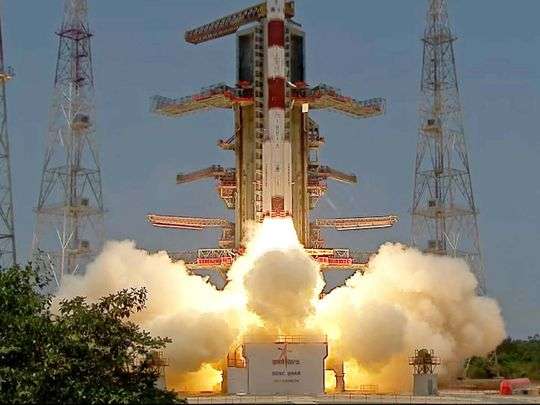India’s space agency launched a rocket on Saturday to study the sun in its first solar mission in the wake of the country’s successful moon landing.
As scientists applauded, the rocket left a trail of smoke and fire, as seen in a live stream on the Indian Space Research Organisation (ISRO) website.
Nearly 500,000 people watched the broadcast, and thousands more gathered at a viewing gallery close to the launch site to watch the probe lift off. The probe will study wind from the sun, which can cause disturbances on Earth that are commonly seen as auroras.
The Aditya-L1 launch, which takes its name from the Hindi word for the sun, comes after India defeated Russia late last month to become the first nation to set foot on the south pole of the moon.
Despite having a more potent rocket than Russia, India’s Chandrayaan-3 outlasted the Luna-25 to complete a flawless landing.
A parking lot in space where objects tend to remain put due to balancing gravitational forces is where the Aditya-L1 spacecraft is planned to travel for about 1.5 million kilometres (930,000 miles) over the course of four months, saving fuel for the spacecraft.
After the Italian-French mathematician Joseph-Louis Lagrange, these positions are known as Lagrange Points.
According to Somak Raychaudhury, who worked on some of the observatory’s development, the mission has the potential to make a “big bang in terms of science,” adding that energy particles emitted by the sun can strike satellites that regulate communications on Earth.
There have been instances where a satellite was struck by a significant corona emission and major communications were disrupted. The Aditya L1 mission is a crucial undertaking because low-earth orbit satellites are the primary focus of international private players, he said.
With the success of projects like Elon Musk’s SpaceX’s Starlink communications network, scientists hope to learn more about the impact of solar radiation on the thousands of satellites in orbit.
According to Rama Rao Nidamanuri, head of the Department of Earth and Space Sciences at the Indian Institute of Space Science and Technology, “the low earth orbit has been heavily polluted due to private participation, so understanding how to safeguard satellites there will have special importance in today’s space environment.”
According to ISRO scientists, data from the mission could eventually contribute to a better understanding of the sun’s influence on Earth’s climate patterns and the origins of solar wind, the stream of particles that travels from the sun through the solar system.
In response to pressure from Prime Minister Narendra Modi, India has privatised space launches and is attempting to attract foreign investment as it aims to grow its market share in launches by five times over the next ten years.
The nation is also counting on the success of ISRO to demonstrate its prowess in the sector as space becomes a global business.






